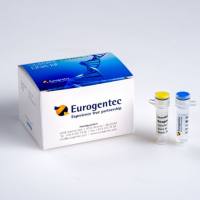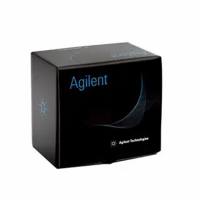An optical measurement of membrane potential using a molecular probe might be beneficial in a variety of circumstances. “Such a probe could, we believe, provide a powerful new technique for measuring membrane potential in systems where, for reasons of scale, topology, or complexity, the use of electrodes is inconvenient or impossible” (B. M. Salzberg, personal sentence). The possibility of using optical methods was first suggested in 1968 by the discovery of potential-dependent changes in intrinsic optical properties of squid giant axons (
Cohen et al., 1968
). Shortly thereafter, (
1968
) found stimulus-dependent changes in fluorescence of stained axons, and in 1971 a search was begun (
Cohen et al., 1971
) for dyes that would give signals large enough to be useful for monitoring membrane potential. By now more than 1000 dyes have been tested for their ability to act as molecular transducers of changes in membrane potential into changes in three types of optical signals: absorption, birefringence, and fluorescence. This screening effort has resulted in the discovery of dyes with a signal-to-noise ratio 100 times larger than was available from any signal in 1971. Several of these dyes (
see
, e.g., Fig. 1 ) have been used to monitor changes in potential in a variety of preparations. For reviews,
see
(
1978
), (
1979
), (
1983
), (
1988
), and (
1988
). An earlier discussion of methods was published (
Cohen and Lesher, 1986
).
Fig. 1.
Structures of several dyes that have been used to monitor membrane potential. The merocyanine (XVII) was the dye used in the experiments illustrated in Figs. 3 and 4. Dye XVII and the oxonol XXV are available from Dr. A. S. Waggoner, Center for Fluorescence, Carnegie Mellon University, 4400 Fifth Ave., Pittsburgh, PA, as WW375 and WW781. Dye XVII is available commercially as NK 2495 from Nippon Kankoh-Shikiso Kenkyusho Co. Ltd. The oxonol, RH155, and styryl, RH414, are available from Amiram Grinvald, Department of Neurobiology, Weizmann Institute, Rehovot, Israel. RH414is available commercially as dye 1112 from Molecular Probes, Junction City, OR. RH155 is available as NK3041






